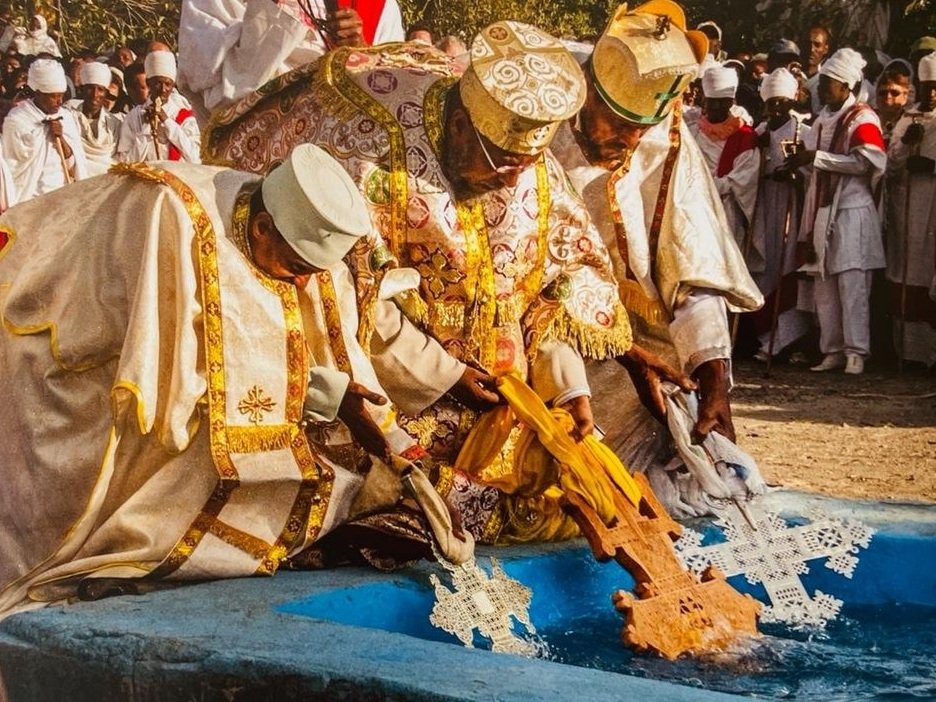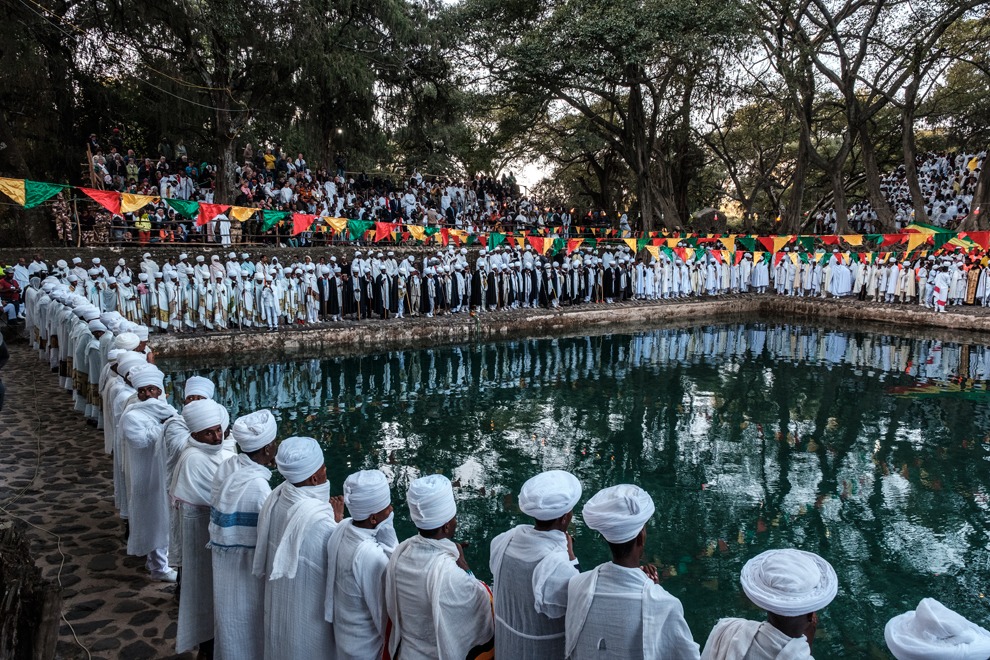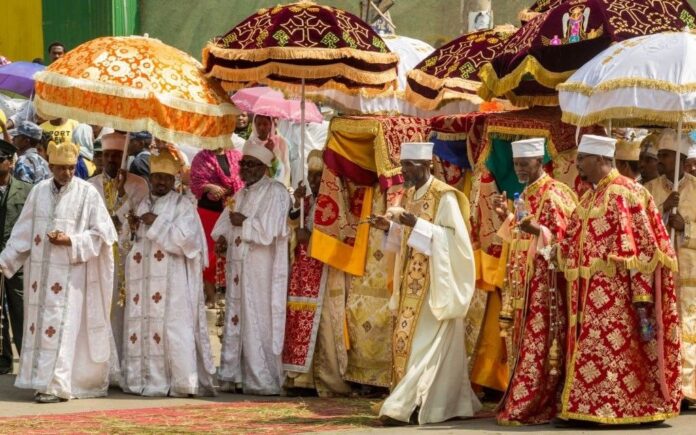In Ethiopia, January isn’t just the start of a new year—it’s the season of Timkat, one of the most important and vibrant religious festivals in the country. Celebrated on January 19th (or 20th in a leap year), Timkat marks the baptism of Jesus in the River Jordan. For followers of the Ethiopian Orthodox Church, it’s a day of deep spiritual meaning, community, and colorful public celebration.
What Happens During Timkat?
The heart of Timkat is the Tabot—a sacred replica of the Ark of the Covenant. Every church has one, and it’s usually hidden from view. But during Timkat, the Tabot is carried out in a grand procession, wrapped in rich cloth and held high by priests. Crowds follow, singing, dancing, and praying.


The procession leads to a nearby body of water, often a pool or river, where an overnight vigil is held. At dawn, a priest blesses the water, and people rush in to be sprinkled or immerse themselves, symbolizing a renewal of their baptismal vows. It’s not just about watching—it’s about taking part.
A Feast for the Senses
Timkat is deeply spiritual, but it’s also joyful and full of life. Think drums and sistrums (traditional rattles), choirs in rhythmic chants, priests in white robes and embroidered capes, and crowds dressed in traditional clothes—shamma cloth for the men and habesha kemis for the women. It’s a burst of color, sound, and shared belief.
More Than Just a Religious Festival
What makes Timkat special is how it blends the sacred and the communal. It brings people together across generations, villages, and even continents, as many in the diaspora return home for it. It’s a moment of unity, identity, and cultural pride.

